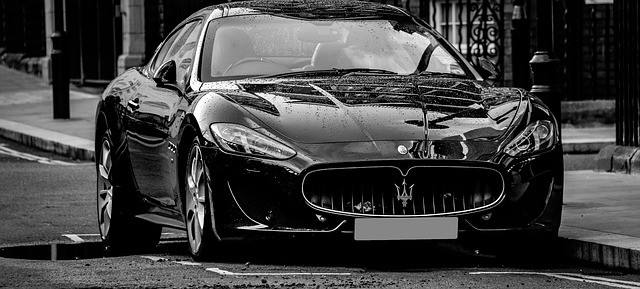Maserati GranTurismo – Talk about Italian super-car manufacturers and what comes into your mind might be one or the other: Ferrari or Lamborghini. Maserati is undoubtedly the estranged sibling in terms of Italian luxury automotive marque. Even under its parent, Fiat, is the venerable Ferrari and Alfa Romeo, which leaves Maserati in a bit of an awkward spot.
Back in the days though, Maserati was an adored automotive manufacturer with plenty of racing pedigree underneath its belt that, at one point, exclusively produced stunning coupes and the original Quattroporte. Now though, as Maserati switches owners multiple times over the years, they’ve slowly broadened their lineup to appeal to a wider audience.
However, a model that Maserati still produces to this day that does represent the Maserati ethos is the GranTurismo. A grand tourer has always been at the heart of Maserati, and the GranTurismo is a spiritual successor to the genesis, the gorgeous 1947 Maserati A6 1500. Since then a grand tourer Maserati has always been something special, from the 3500 GT to the classic Ghibli.
And now, the GranTurismo. Originally unveiled all the way back at the 2007 Geneva Motor Show, it is quite the suave looker and built to succeed the Maserati Coupe. Powered by a proper Ferrari-Maserati co-developed V8, it is the quintessential Maserati 2+2 grand tourer.
The intriguing thing is that while it is a grand tourer, Maserati has put plenty of emphasis on driver-engagement. Endowing it with the Maserati M139 platform, it utilized double-wishbone front and multi-link rear suspension with a nigh 50-50 weight distribution. While the engine initially had 4.2-liter to work with, afterwards it was revised and enlarged to 4.7-liter. Remaining naturally-aspirated, it produces 434 horsepower and 490 Nm of torque. Interestingly the engine is also shared with the scarce Alfa Romeo 8C Competizione.
That engine has since then enjoyed a modest bump in power, to 454 horsepower and 520 Nm of torque. Depending on the trim level, the powertrain is mated to a ZF 6-speed or a semi-automatic 6-speed also derived from Ferrari. In its quickest GranTurismo McStradale guise, it’ll manage the century sprint in 4.5 seconds, onto a top speed of over 300 km/h.

Of course, it’s not a cheap car. For someone who’s gauging needs based on the specs sheet, the GranTurismo might not be all that much of a car for a starting price of $130,000. Especially when you think about how the drivetrain is beginning to show its age, in a time where most other competitively-priced performance cars will easily trump the GranTurismo around the corners and in a straight line.
However, one thing that the GranTurismo has going for it that none other has is its elegant lines and stunning packaging. For a shape that originated over 10 years ago, the GranTurismo certainly touts a timeless bodyline. And it’s paired with an engine that does it justice as well, a classic naturally aspirated V8 that bellows a sonorous 8-cylinder crescendo all the way to redline. It is also something rather unique these days, which is a noteworthy point in its own.
Regardless, there’s no arguing that the Maserati GranTurismo is beginning to show its age, and Maserati’s reliability is dubious at best. The GranTurismo is still very much a ‘past-generation’ super-car, in a sense. But that’s part of the charm. With that said, as Maserati is beginning to expand its range in an effort to appeal to an eclectic audience, the GranTurismo might not remain as we know and understand it in the future. If you’re piqued by the idea of one, now might be good to look for one.
